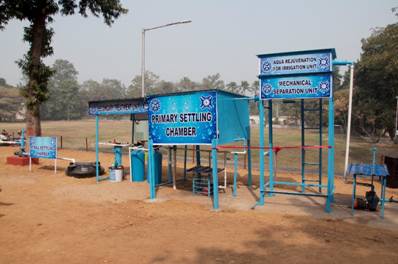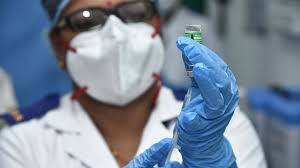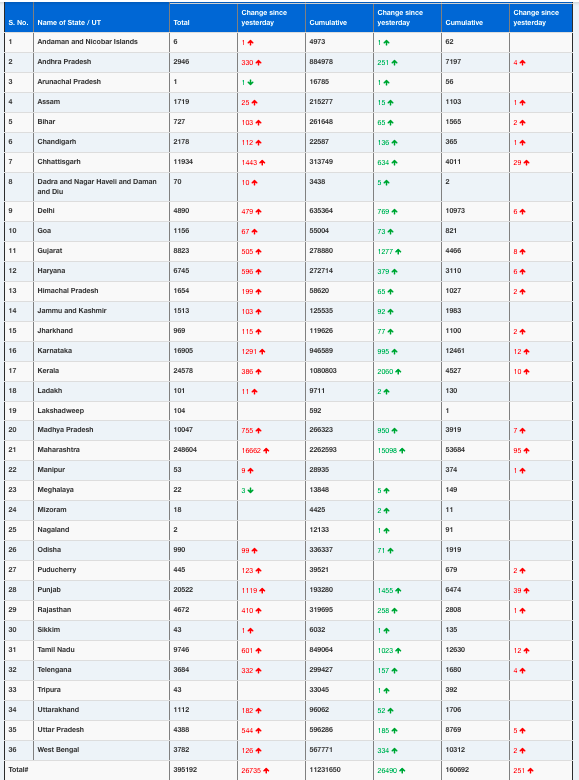Key facts
At least half of the world’s population still do not have full coverage of essential health services.
About 100 million people are still being pushed into “extreme poverty” (living on $ 1.90 (1) or less a day) because they have to pay for health care.
Over 800 million people (almost 12 percent of the world’s population) spent at least 10 percent of their household budgets to pay for health care.
All UN Member States have agreed to try to achieve universal health coverage (UHC) by 2030, as part of the Sustainable Development Goals.
What is UHC?
UHC means that all individuals and communities receive the health services they need without suffering financial hardship. It includes the full spectrum of essential, quality health services, from health promotion to prevention, treatment, rehabilitation, and palliative care.
UHC enables everyone to access the services that address the most important causes of disease and death, and ensures that the quality of those services is good enough to improve the health of the people who receive them.
Protecting people from the financial consequences of paying for health services out of their own pockets reduces the risk that people will be pushed into poverty because unexpected illness requires them to use up their life savings, sell assets, or borrow – destroying their futures and often those of their children.
Achieving UHC is one of the targets the nations of the world set when adopting the Sustainable Development Goals in 2015. Countries that progress towards UHC will make progress towards the other health-related targets, and towards the other goals. Good health allows children to learn and adults to earn, helps people escape from poverty, and provides the basis for long-term economic development.
What UHC is not
There are many things that are not included in the scope of UHC:
UHC does not mean free coverage for all possible health interventions, regardless of the cost, as no country can provide all services free of charge on a sustainable basis.
UHC is not just about health financing. It encompasses all components of the health system: health service delivery systems, the health workforce, health facilities and communications networks, health technologies, information systems, quality assurance mechanisms, and governance and legislation.
UHC is not only about ensuring a minimum package of health services, but also about ensuring a progressive expansion of coverage of health services and financial protection as more resources become available.
UHC is not only about individual treatment services, but also includes population-based services such as public health campaigns, adding fluoride to water, controlling mosquito breeding grounds, and so on.
UHC is comprised of much more than just health; taking steps towards UHC means steps towards equity, development priorities, and social inclusion and cohesion.
How can countries make progress towards UHC?
Many countries are already making progress towards UHC. All countries can take actions to move more rapidly towards it, or to maintain the gains they have already made. In countries where health services have traditionally been accessible and affordable, governments are finding it increasingly difficult to respond to the ever-growing health needs of the populations and the increasing costs of health services.
Moving towards UHC requires strengthening health systems in all countries. Robust financing structures are key. When people have to pay most of the cost for health services out of their own pockets, the poor are often unable to obtain many of the services they need, and even the rich may be exposed to financial hardship in the event of severe or long-term illness. Pooling funds from compulsory funding sources (such as mandatory insurance contributions) can spread the financial risks of illness across a population.
Improving health service coverage and health outcomes depends on the availability, accessibility, and capacity of health workers to deliver quality people-centred integrated care. Investments in the primary health care workforce is most needed and cost-effective in improving equity in access to essential health care services. Good governance, sound systems of procurement and supply of medicines and health technologies and well-functioning health information systems are other critical elements.
UHC emphasizes not only what services are covered, but also how they are funded, managed, and delivered. A fundamental shift in service delivery is needed such that services are integrated and focused on the needs of people and communities. This includes reorienting health services to ensure that care is provided in the most appropriate setting, with the right balance between out- and in-patient care and strengthening the coordination of care. Health services, including traditional and complementary medicine services, organized around the comprehensive needs and expectations of people and communities will help empower them to take a more active role in their health and health system.
Can UHC be measured?
Yes. Monitoring progress towards UHC should focus on 2 things:
The proportion of a population that can access essential quality health services.
The proportion of the population that spends a large amount of household income on health.
Together with the World Bank, WHO has developed a framework to track the progress of UHC by monitoring both categories, taking into account both the overall level and the extent to which UHC is equitable, offering service coverage and financial protection to all people within a population, such as the poor or those living in remote rural areas.
WHO uses 16 essential health services in 4 categories as indicators of the level and equity of coverage in countries:
Reproductive, maternal, newborn and child health:
family planning
antenatal and delivery care
full child immunization
health-seeking behaviour for pneumonia.
Infectious diseases:
tuberculosis treatment
HIV antiretroviral treatment
use of insecticide-treated bed nets for malaria prevention
adequate sanitation.
Noncommunicable diseases:
prevention and treatment of raised blood pressure
prevention and treatment of raised blood glucose
cervical cancer screening
tobacco (non-)smoking.
Service capacity and access:
basic hospital access
health worker density
access to essential medicines
health security: compliance with the International Health Regulations.
Each country is unique, and each country may focus on different areas, or develop their own ways of measuring progress towards UHC. But there is also value in a global approach that uses standardized measures that are internationally recognized so that they are comparable across borders and over time.










